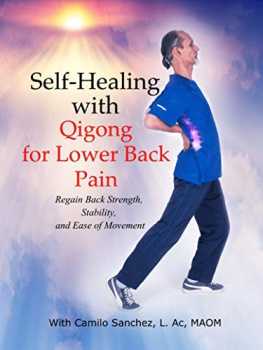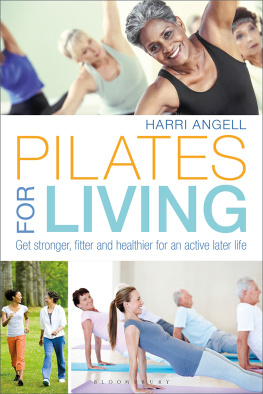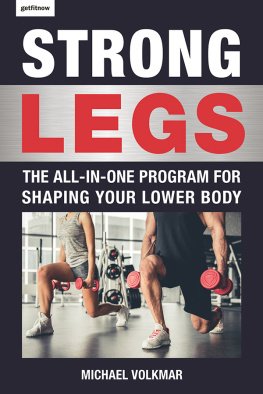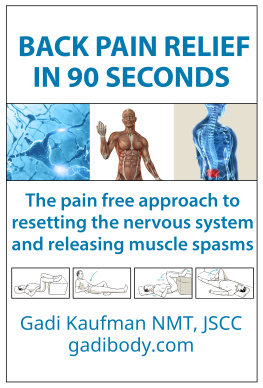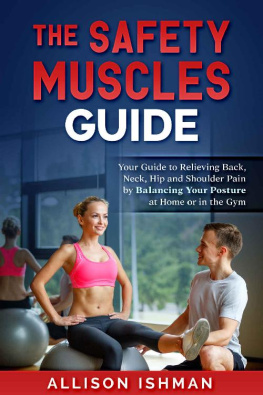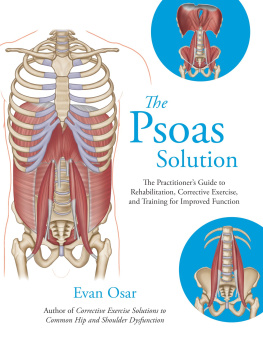
Text copyright 2015 Pamela Ellgen. Design and concept copyright 2015 Ulysses Press and its licensors. Photographs copyright 2015 Rapt Productions except as noted below. All rights reserved. Any unauthorized duplication in whole or in part or dissemination of this edition by any means (including but not limited to photocopying, electronic devices, digital versions, and the Internet) will be prosecuted to the fullest extent of the law.
Published in the United States by
Ulysses Press
P.O. Box 3440
Berkeley, CA 94703
www.ulyssespress.com
ISBN: 978-1-61243-465-0
Library of Congress Control Number 2014952016
10 9 8 7 6 5 4 3 2 1
Acquisitions: Keith Riegert
Managing editor: Claire Chun
Editor: Lily Chou
Proofreader: Renee Rutledge
Indexer: Sayre Van Young
Front cover/interior design and layout: what!design @ whatweb.com
Artwork: cover leonello
Models: Nadia Brunner-Velasquez, Pamela Ellgen, Bryan Johnson
Distributed by Publishers Group West
Please Note: This book has been written and published strictly for informational purposes, and in no way should be used as a substitute for consultation with health care professionals. You should not consider educational material herein to be the practice of medicine or to replace consultation with a physician or other medical practitioner. The author and publisher are providing you with information in this work so that you can have the knowledge and can choose, at your own risk, to act on that knowledge. The author and publisher also urge all readers to be aware of their health status and to consult health care professionals before beginning any health program.
This book is independently authored and published. No sponsorship or endorsement of this book by, and no affiliation with any trademarked brands or products mentioned or pictured, is claimed or suggested. All trademarks that appear in this book belong to their respective owners and are used here for informational purposes only. The author and publisher encourage readers to patronize the quality brands and other products mentioned and pictured in this book.
Table of Contents





Walk into any gym in America and youll find endless rows of equipment to train your arms, back, core, and legs. But wheres the machine for strengthening your psoas? The showpiece muscles get all the attention while the psoas goes unnoticed.
Fitness magazines are equally dismissive. Its amusing to even imagine the headlines they might come up with: 10 Tips for Shaping Up Your Psoas or Get a Beach-Ready Psoas by Summer!
However, the psoas lack of exposure is no indication of its importance in your physical health and fitness. In fact, the effects of a tight or weak psoas can be substantial, including poor posture, a protruding stomach, hip and knee pain, and decreased mobility.
This book aims to help you develop a healthy psoas muscle. First, it will help you evaluate the health of your psoas and determine whether its shortened and tight or lengthened and weak; however, none of these conditions is mutually exclusive. All can be affected by various lifestyle factors, including weight, body-fat composition, non-exercise activity level, fitness, nutrition, sleep, and hydration.
discusses the ways in which these factors contribute to psoas health or dysfunction as well as complementary medical treatments for psoas health. It also provides nutrition and lifestyle recommendations to facilitate healthy hip flexors.
focuses on flexibility exercises, including yoga and Pilates, that improve range of motion in your hip flexors, abdominal muscles, and lower back. It also features tension-soothing self-myofascial release techniques that target fascial adhesions.
is dedicated to providing resistance exercises to build strength in the quadriceps, gluteal muscles, hamstrings, abdominal muscles, and lumbar spine, all of which contribute to the healthy functioning of your psoas muscle so it works synergistically with the surrounding muscles.
provides focused programs for specific concerns, including workouts for people who are sedentary or seeking relief from pain and swelling.

The psoas major is a muscle that wraps around your pelvis from your lower back forward to the lower part of your pelvis at the inner thigh of both legs. More specifically, it originates at the anterior lateral aspect of the lumbar vertebrae L5, joins the iliacus in the pelvis, and inserts at the lesser trochanter of the femur. Imagine a bikini bottom from the 1980s with its high leg cut and you have a general idea of where the psoas muscle lies, though it does not join at the pubis but attaches to the femur. Together, the psoas and iliacus muscles are referred to as the iliopsoas.
The psoas major is long and wide at its midline, with a conical shape on each end; its what is known as a fusiform muscle. Its composed of slow- and fast-twitch muscle fibers, meaning its capable of both sustaining endurance activities at low levels of intensity and producing bursts of movement for a short duration. In about 50 percent of humans, the psoas major is also joined by a very thin muscle called the psoas minor.
The iliopsoas is part of a larger muscle group called the hip flexors. These include the rectus femoris and sartorius located on the front of your thigh, the tensor fasciae latae, which is part of your hip and upper thigh muscles, and the pectineus, adductor longus, adductor brevis, and gracilis, which are all part of your medial thigh.
Function of the Psoas
Although you cant see your psoas muscle, its literally at the center of most of your everyday movement, from walking or bending over to twisting and reaching. In conjunction with the other hip flexors, the psoas is responsible for bringing the upper thigh toward the torso or bringing the torso toward the thigh, depending on whether your legs or spine is stationary. The psoas also participates in the rotation of the trunk and external rotation of the hip joint.
Here are some of the daily movements and exercises that involve the psoas:
Walking
Climbing stairs
Running
Cycling
Sit-ups and crunches
No skeletal muscle in your body functions independently. All work synergistically to produce movement, maintain posture, and stabilize joints. Muscles that cause movement by contracting are called agonists. A muscle is considered an antagonist when it resists a particular movement. A synergist muscle is one that helps an agonist or antagonist accomplish movement or stabilization. Synergist muscles also help control movement, holding a particular joint in place so that an action can be accomplished without injury.
Next page



